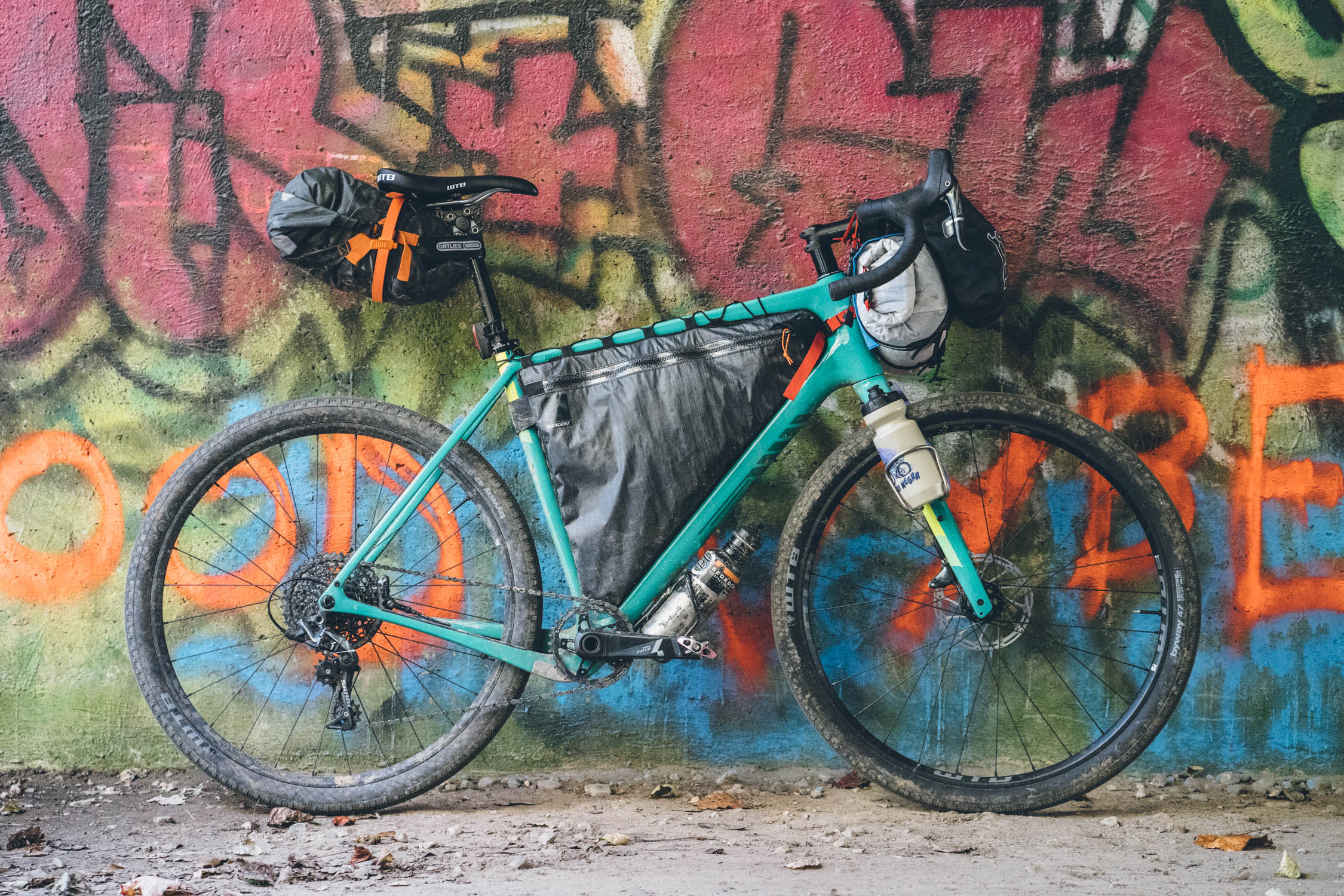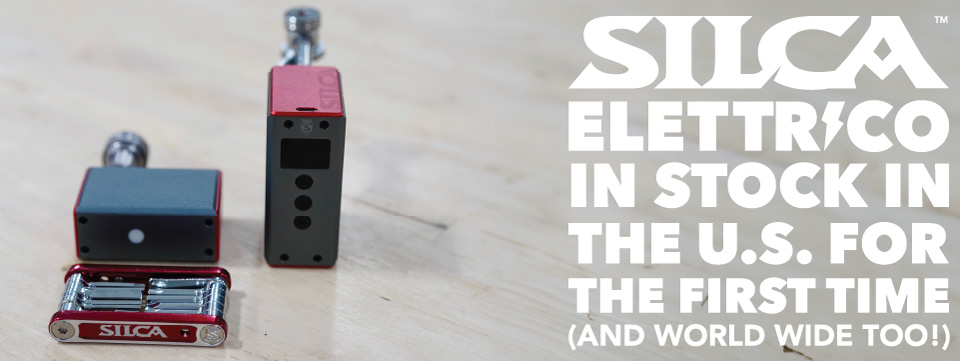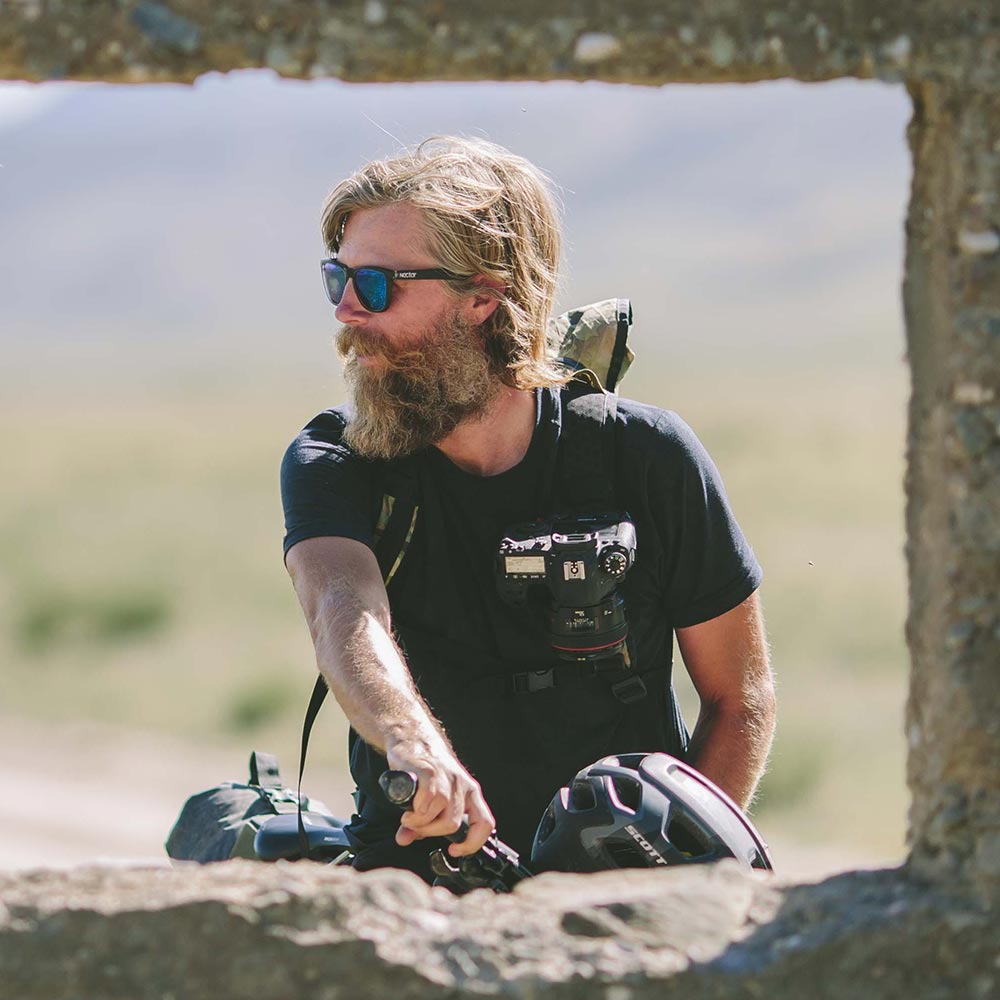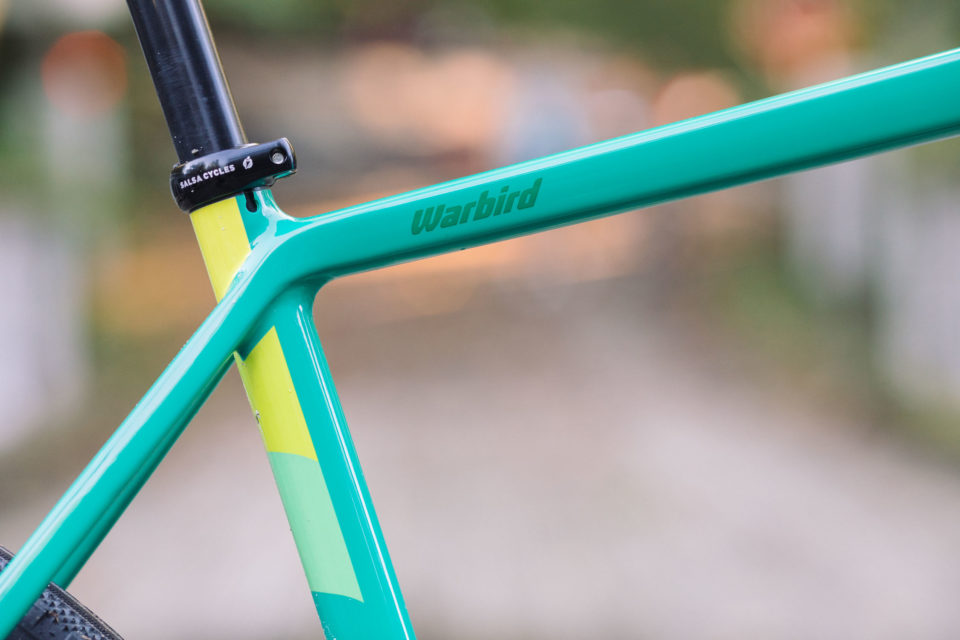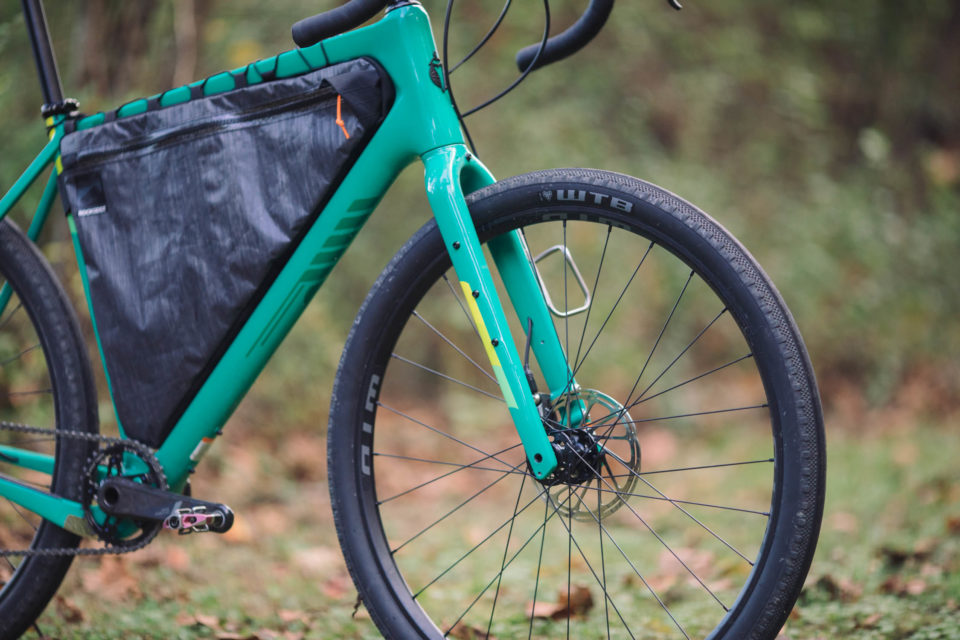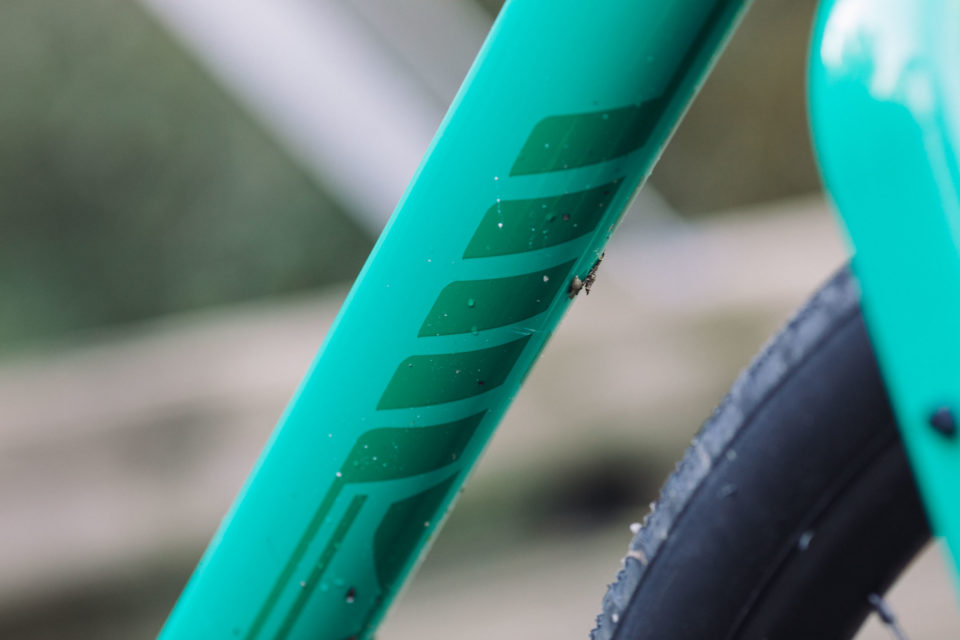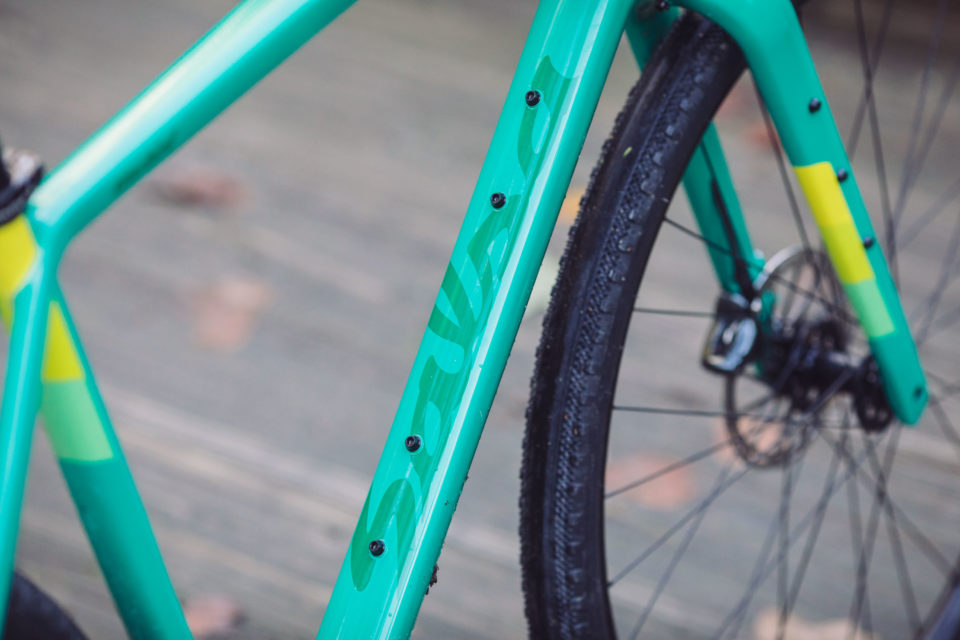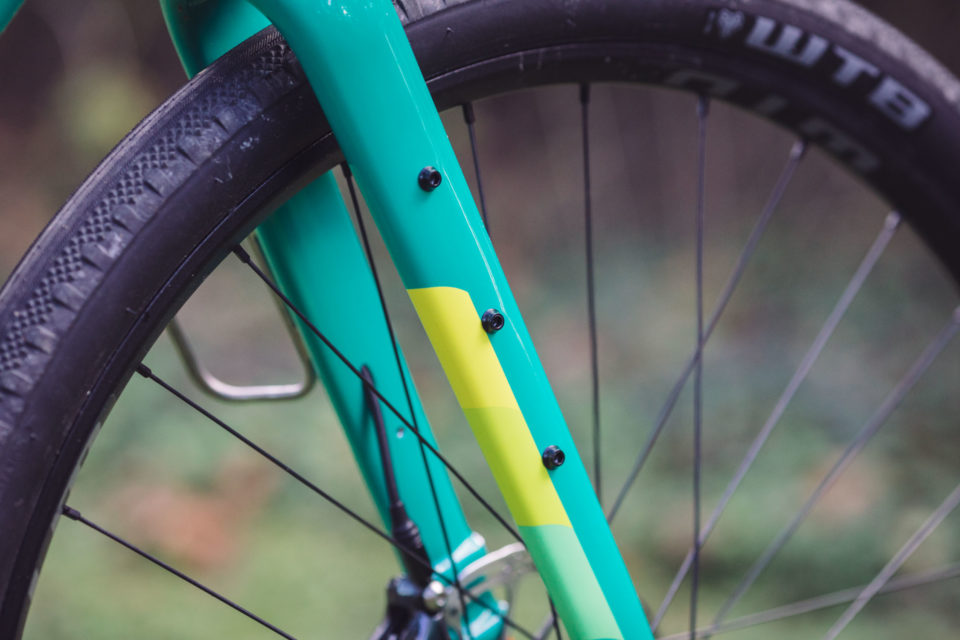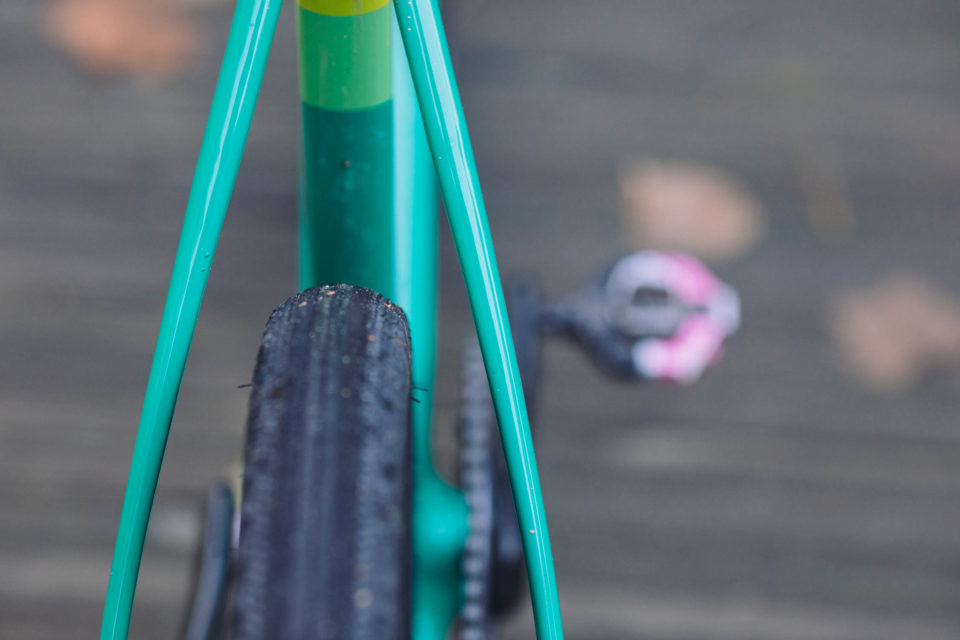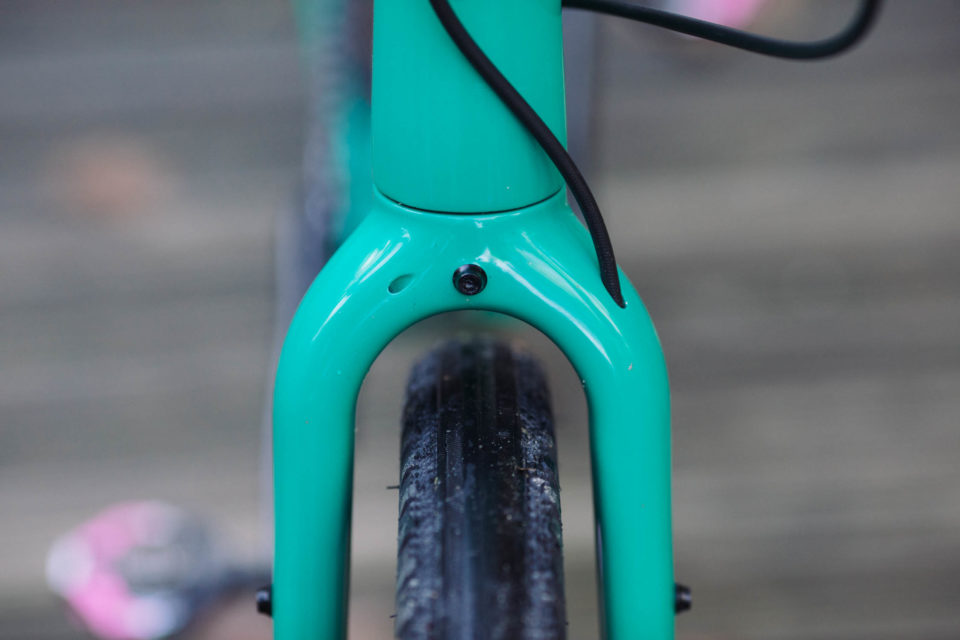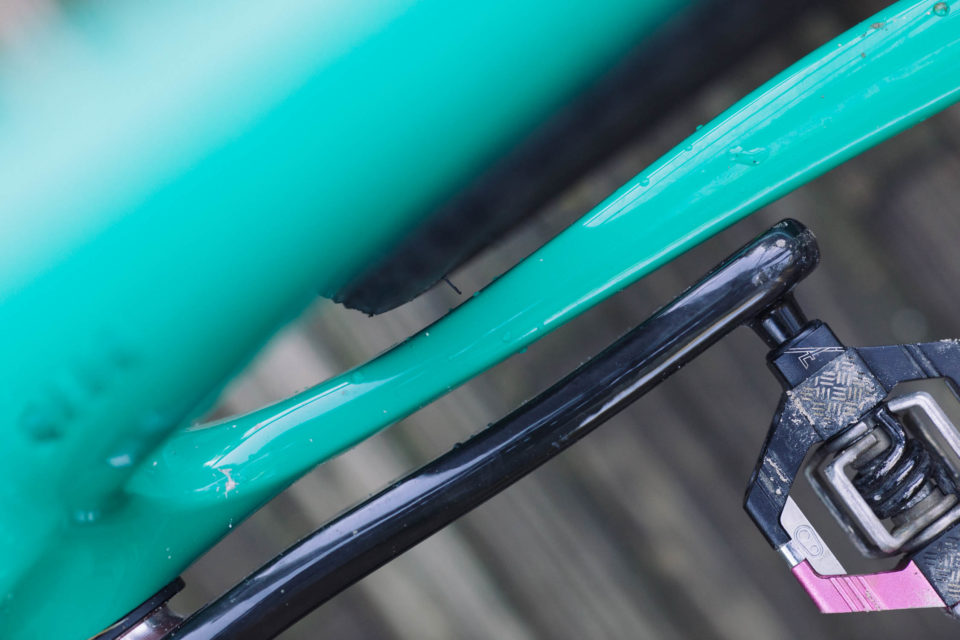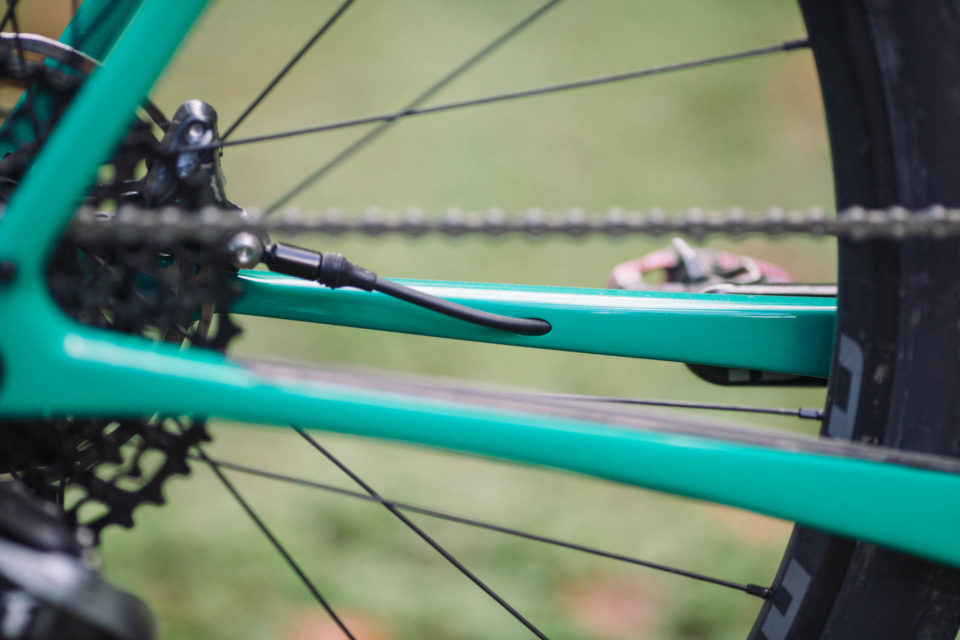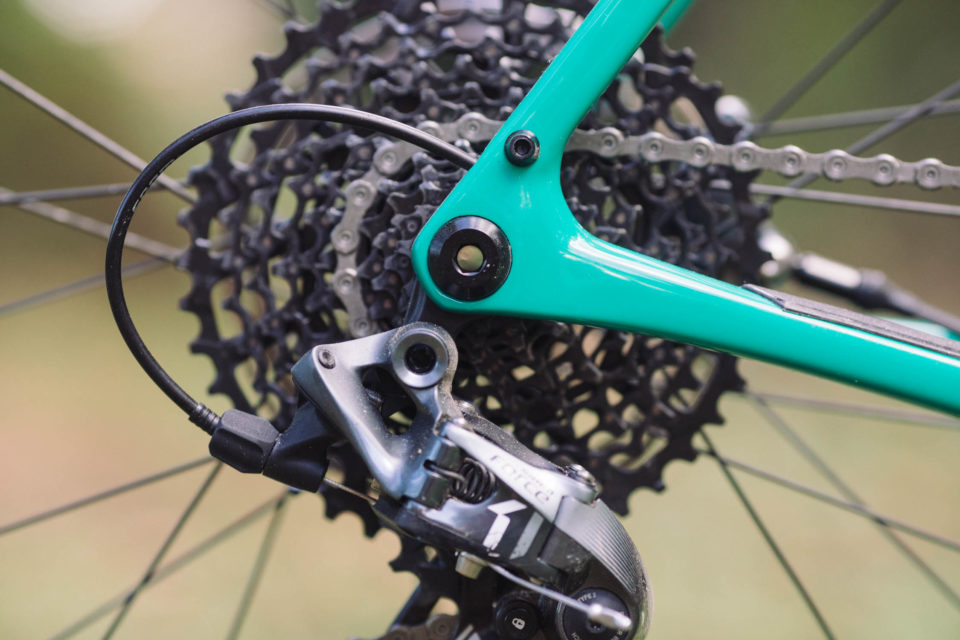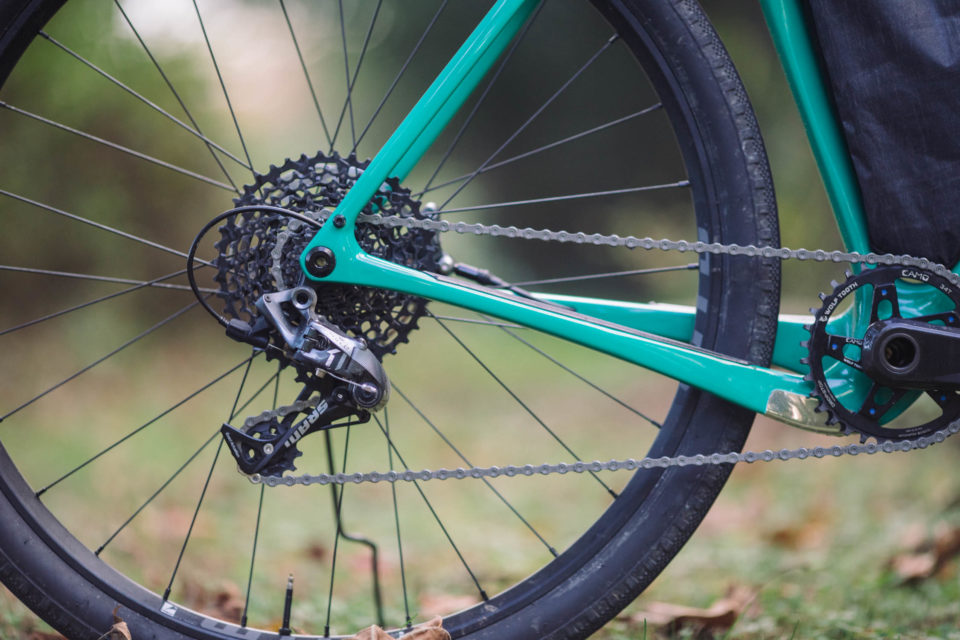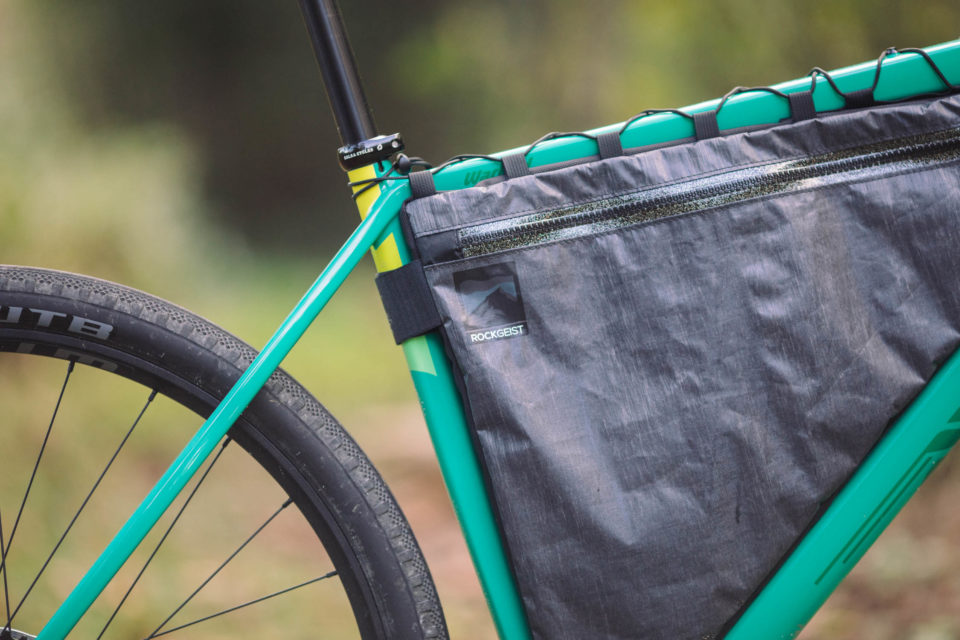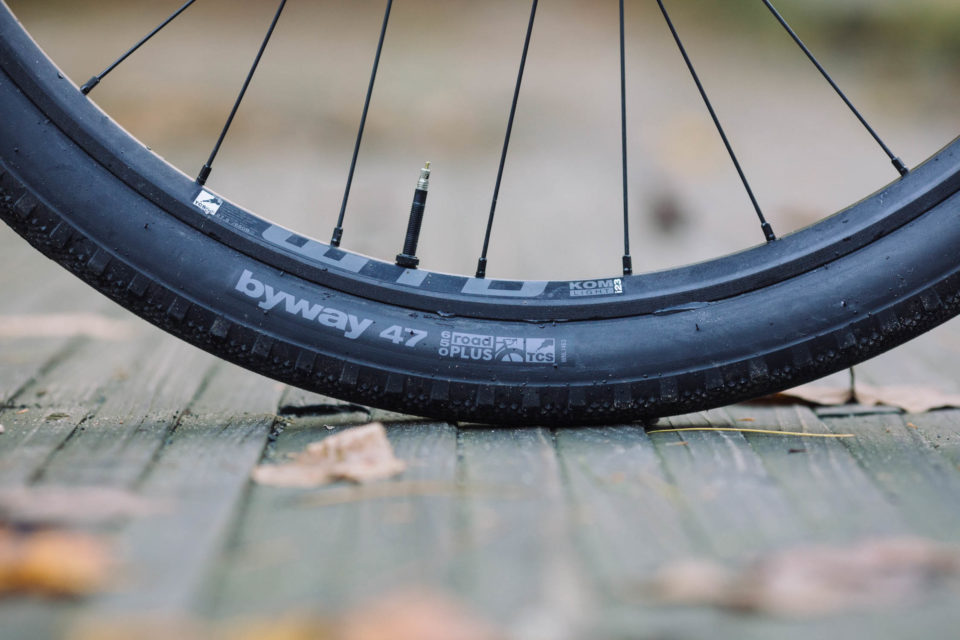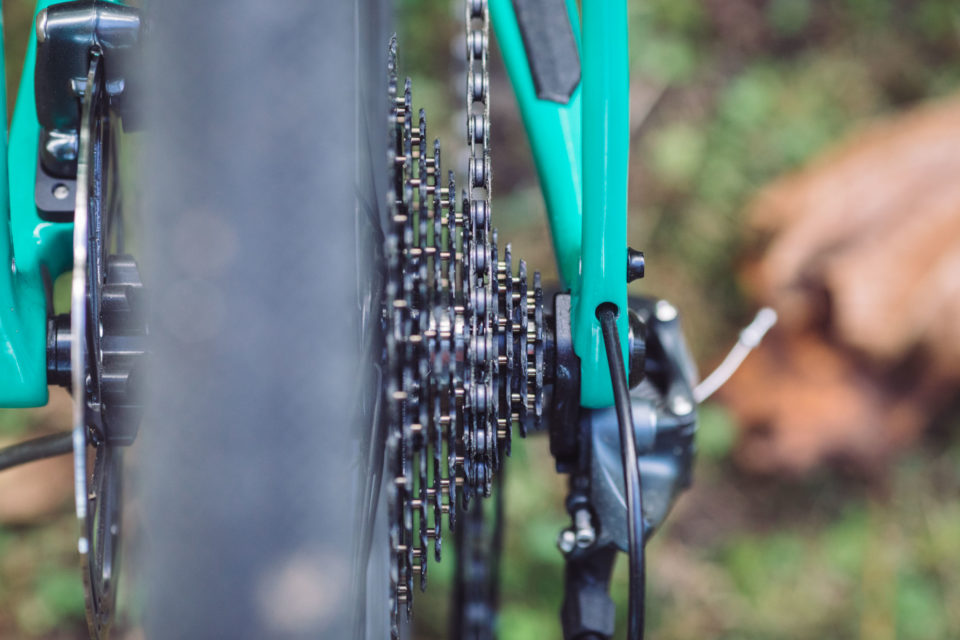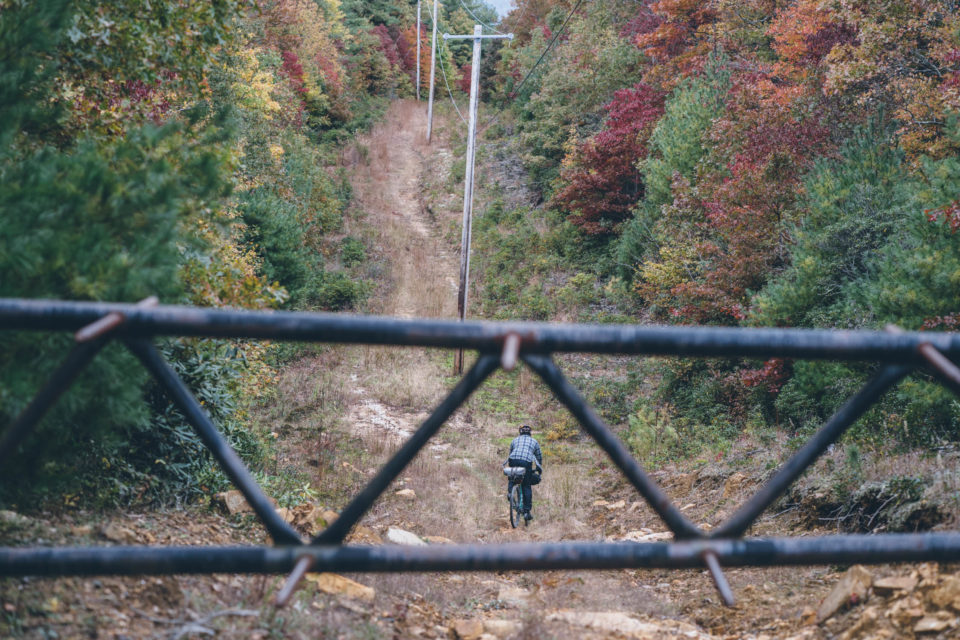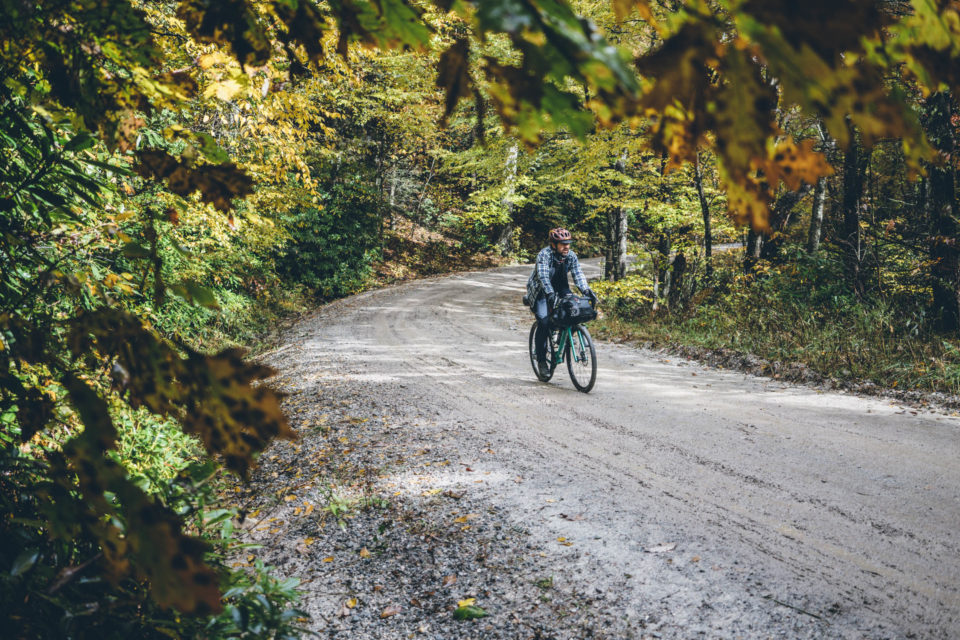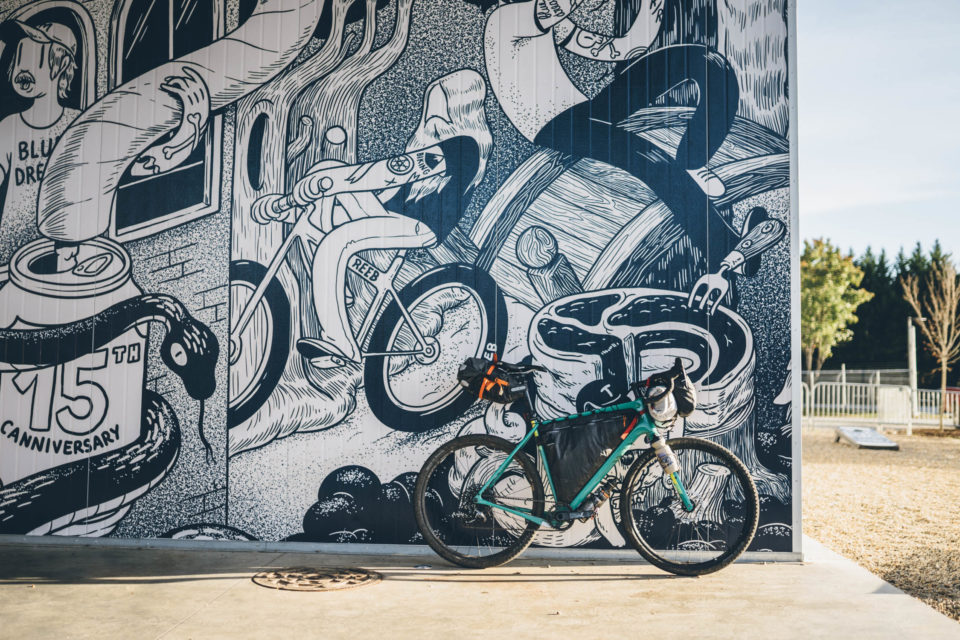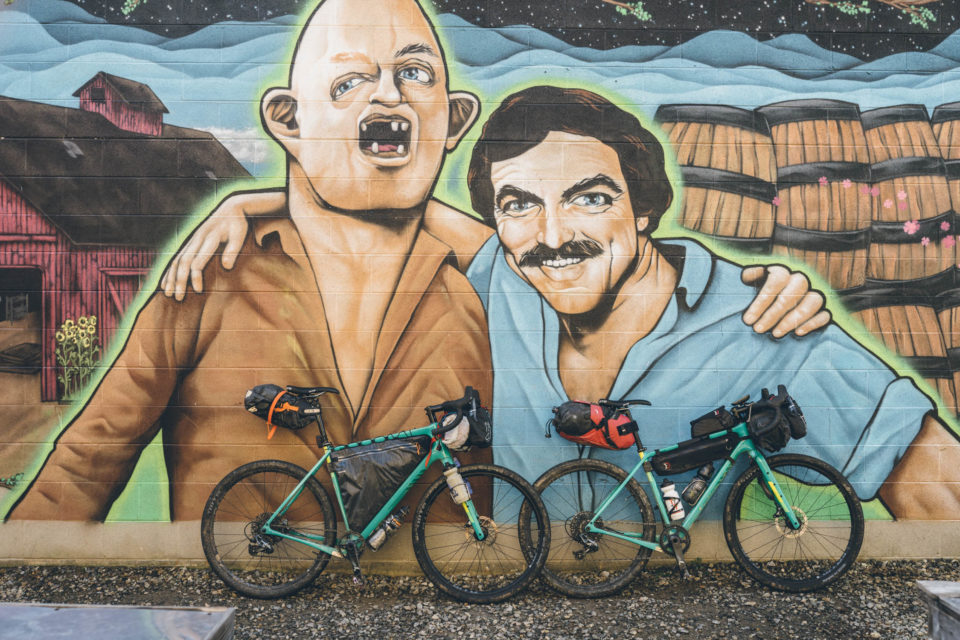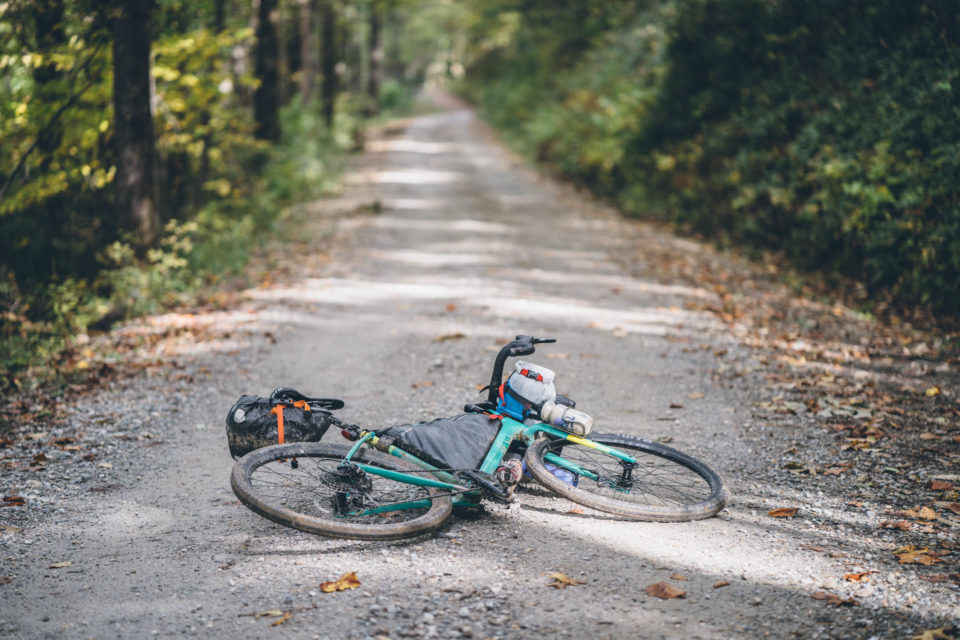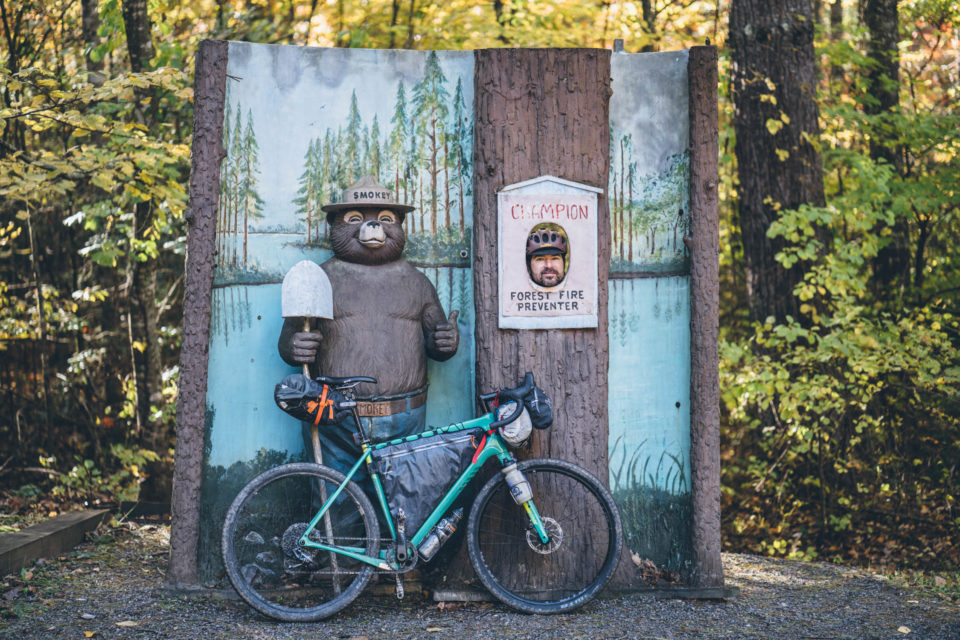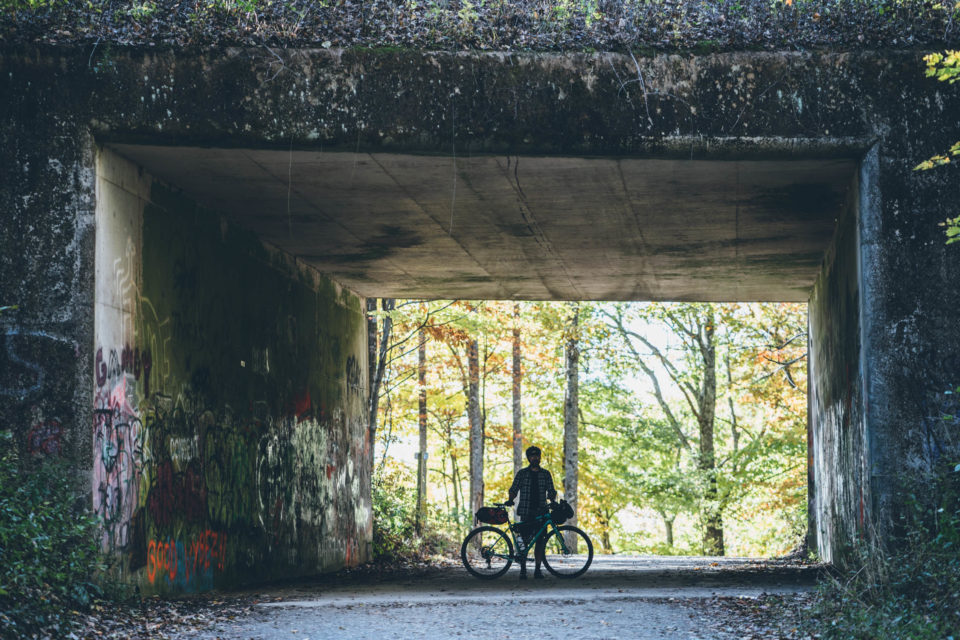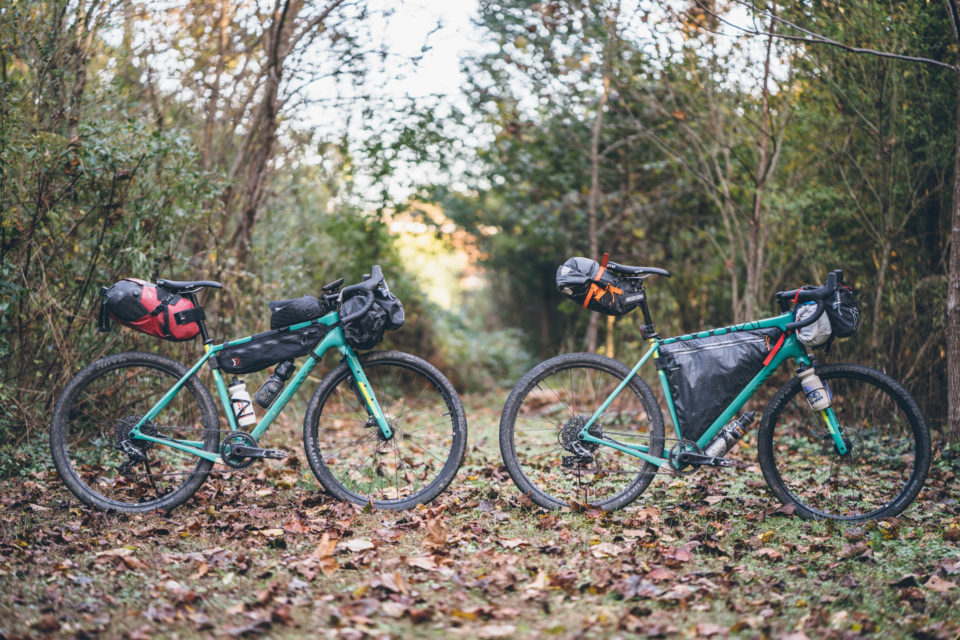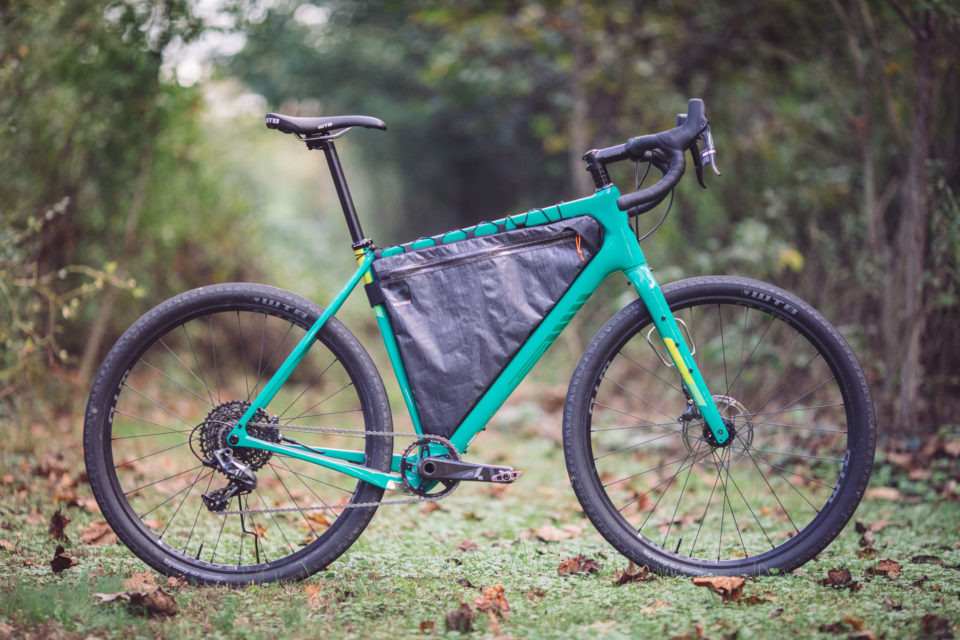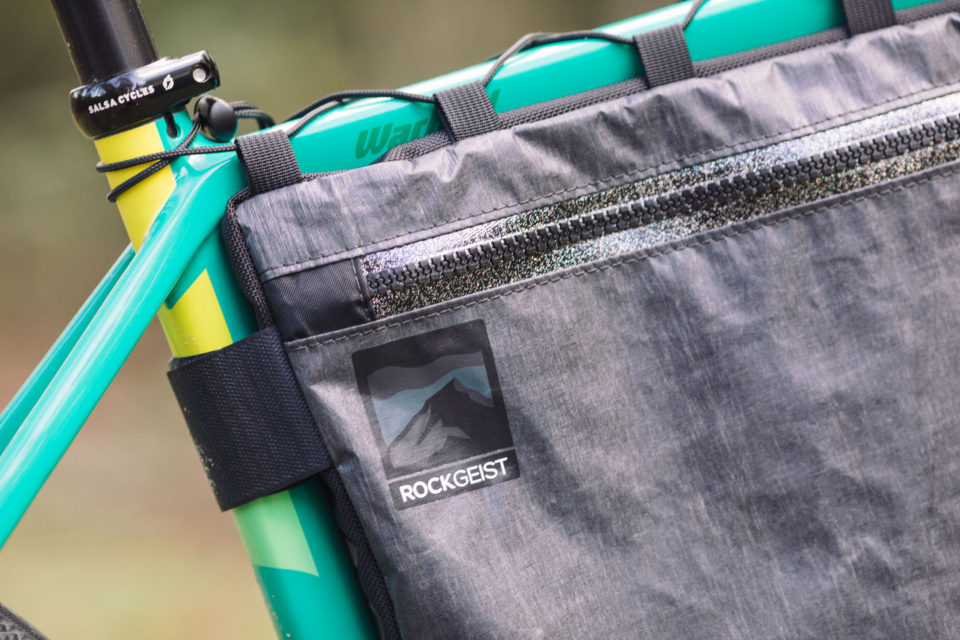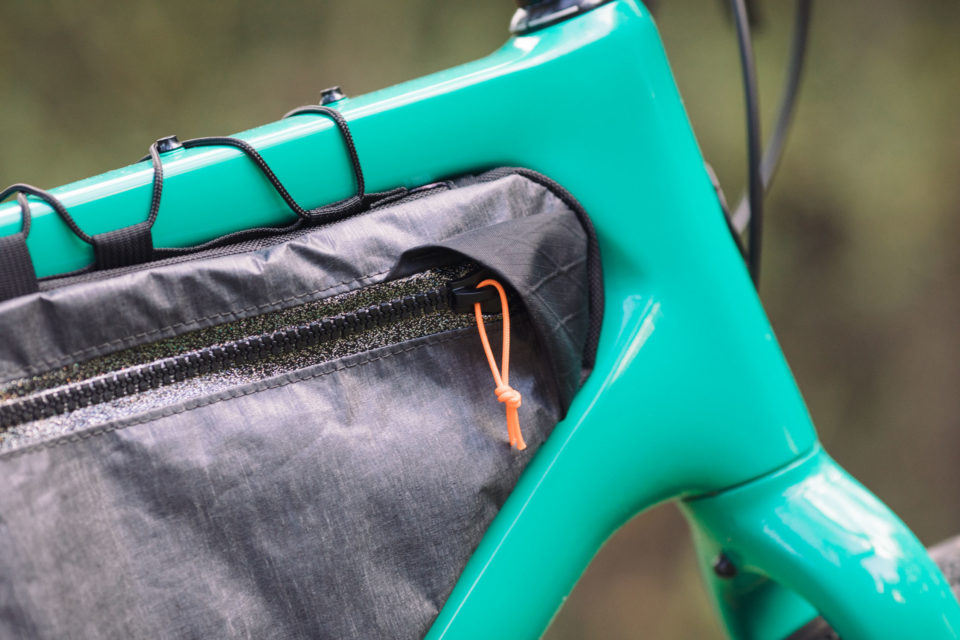Salsa Warbird 650b Review: Over/Under
As gravel racing bikes and multi-day bikepacking rigs converge, the Warbird continues its evolutionary march with both niches in mind. Joe Cruz and Logan Watts had the chance to test a pair of V4 650b Warbirds during their Appalachian Gravel Growler ride and beyond. Here’s the full review…
PUBLISHED May 22, 2019
Back in 2009, Salsa engineer Sean Mailen rode the first version of the Warbird in a little race called the Trans Iowa. “In those days, we were mainly riding cyclocross bikes,” said Mailen. “Or whatever road bike you had that could fit slightly bigger tires. You’d get to the finish and look down at the 10 extra pounds of mud you’d carried along the route. And you’d feel how numb your hands were from the constant rattle that worked its way into the back of your eyeballs.” Several gravel races later, Mailen added, “I think we can make a better bike for these experiences.”
Fast forward almost a decade and the gravel scene is alive and well. Salsa helped create a category that’s thriving, to say the least. With countless bike companies following suit, one could say that the rise of gravel cycling has essentially transformed the bike industry. In addition, as more and more cyclists seek lesser tracks away from the paved rat race, gravel has become intertwined with the world of bikepacking.
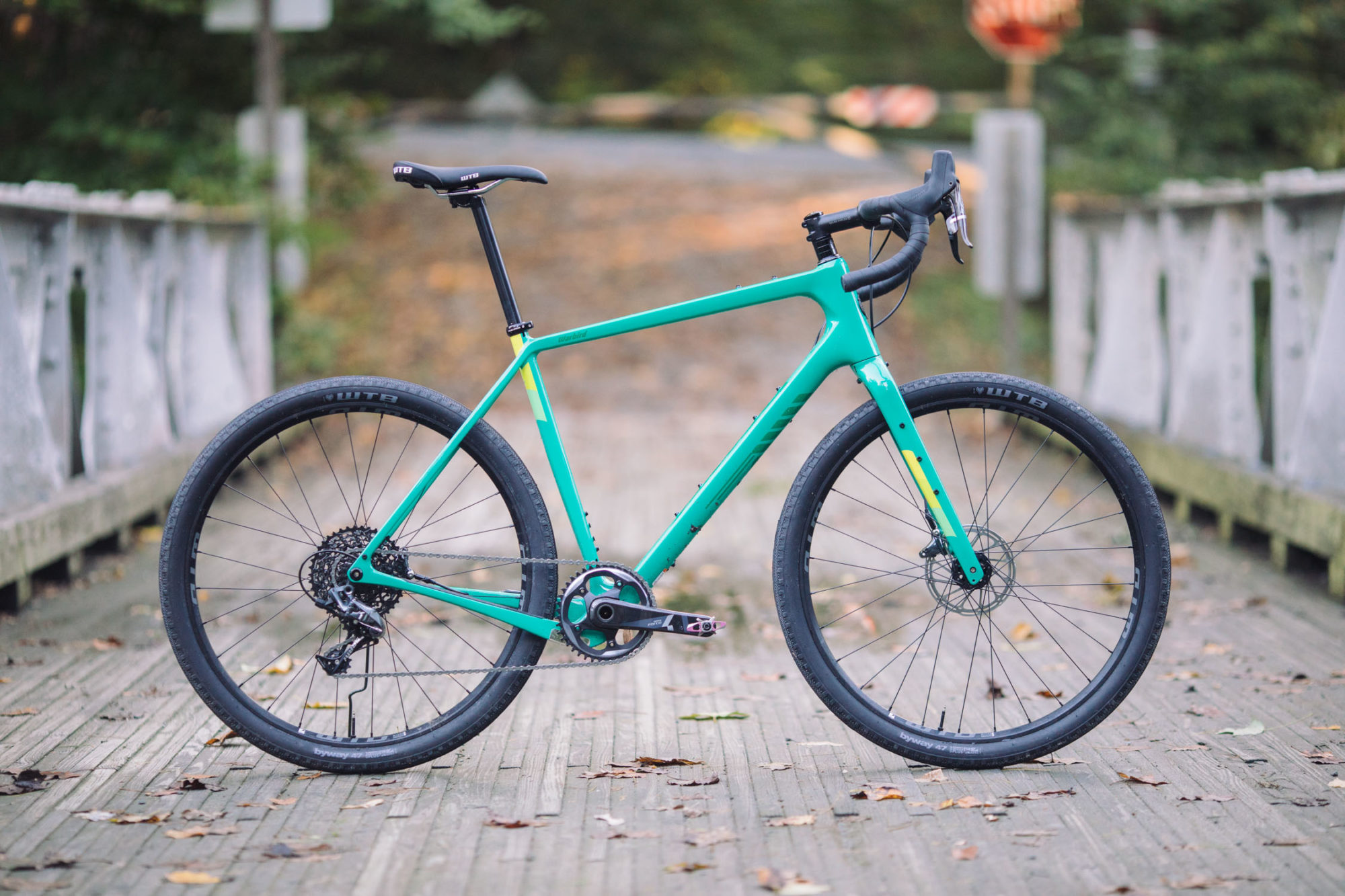
What do these two niches have in common? In short, they involve long, rough roads that open doors to remote, challenging, and soul rewarding experiences. Obviously, there are many types of bikes that can tackle such rides, but when speed and efficiency are a concern, gravel-specific bikes are becoming a popular choice. There’s now a wealth of options to choose from, but the Salsa Warbird is usually at the top of any list.
Joe and I aren’t strangers to the Warbird. Back in 2016, we tested a pair of the v3 carbon Warbirds in Vermont. While it was only slightly different in geometry, the old version had 10mm narrower tires and fewer bells and whistles. Still, we both really liked the bike, but had a couple complaints. Namely, several bikepacking-specific features were missing—v3 didn’t have bottle bosses on the fork, the mounts on the downtube were placed too high, and the gearing was too high for bikepacking. In addition, the 37mm tires it was specced with were not quite enough to take the sting out of the rugged “class 4” gravel roads we explored along the Green Mountain Gravel Growler. Two years later (almost to the day), we scouted the GMGG’s sister route, the Appalachian Gravel Growler, and decided to try out two new Warbird 650s for the occasion.
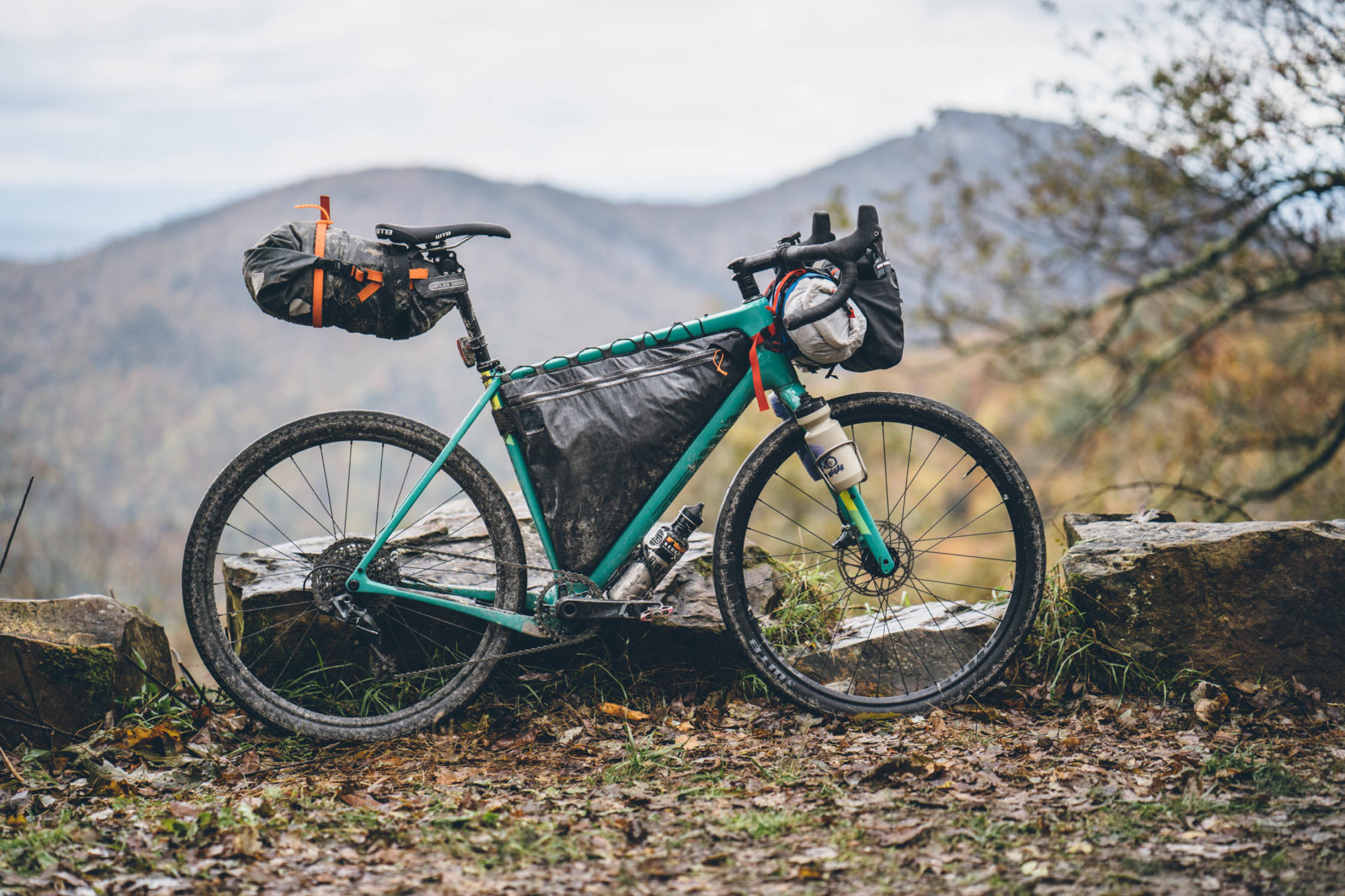
- Quick Highlights
- Angles (LG): 70.75° Head tube, 73° Seat tube
- Chainstay: 430mm
- Bottom Bracket: BB86 PressFit
- Hub Spacing: 12 x 142mm / 12 x 100mm
- Weight: 19lbs 2oz / 8.67kg (56cm)
- seatpost Diameter: 27.2mm
- Max tire size: 700c x 45mm / 650b x 2.0”
- Price: $4,399
What’s Changed
Salsa addressed many of our nits with the latest Warbird v4. In addition to geometry tweaks, they added a boatload of additional mounts on the new Waxwing fork. And, the most significant change is its Dual Wheel Size Compatibility. The Warbird now comes with either 700c or 650b wheels/tires, with more clearance overall. The Force 1 650 build is specced with 650b x 47mm tires and has the option for larger 27.5 x 2.0” tires. Ultimately, Salsa added five model levels, including the 650b model we tested, all sharing the same new V4 carbon frame. In case you missed the initial press release, here are the details from Salsa:
- High Modulus Carbon Fiber Frame and Fork: 100 grams frame weight savings while adding new features
- New “Gravel Race Geometry”: longer top tube on most sizes for increased front/center provides increased stability at high speeds
- Increased Size Range: new 49cm size provides better fit to smaller riders; 7 sizes total, 49cm-61cm
- Dual Wheel Size Compatible: 700c x 45mm or 650b x 2.0”
- More mounts: 2-3 bottle mounts inside the main triangle (56cm and above receive 3 mounts inside the main triangle), one accessory/bottle mount under the downtube, and a pair of toptube bag bosses for use with Salsa EXP Series Toptube Bag; for secure connection and elimination of strap wear
- Suspension Fork Compatible: with currently available gravel forks
- Drivetrain Compatibility: refined for 1x, 2x, and all current electronic offerings
- Flat Mount Brake Compatibility: hydraulic and mechanical, 140mm min. rotor size
- Internal Dropper Routing: 27.2mm diameter post, when running a 1x drivetrain
- Fender Mounts: Front and rear, for riding in wet weather
- Rear Rack Compatible: using Salsa Rack-Lock Seat Collar and Wanderlust Rear Rack
- Improved Power Transfer: updated chainstay, bottom bracket, and downtube design transfers rider power more efficiently
- 2nd Generation Class 5 Vibration Reduction System: the same incredible rear end compliance tuned per size
- Improved Standover Height: lower toptube for improved rider fit
- Fully Internal Cable Routing: internal tubes guide housing through the frame
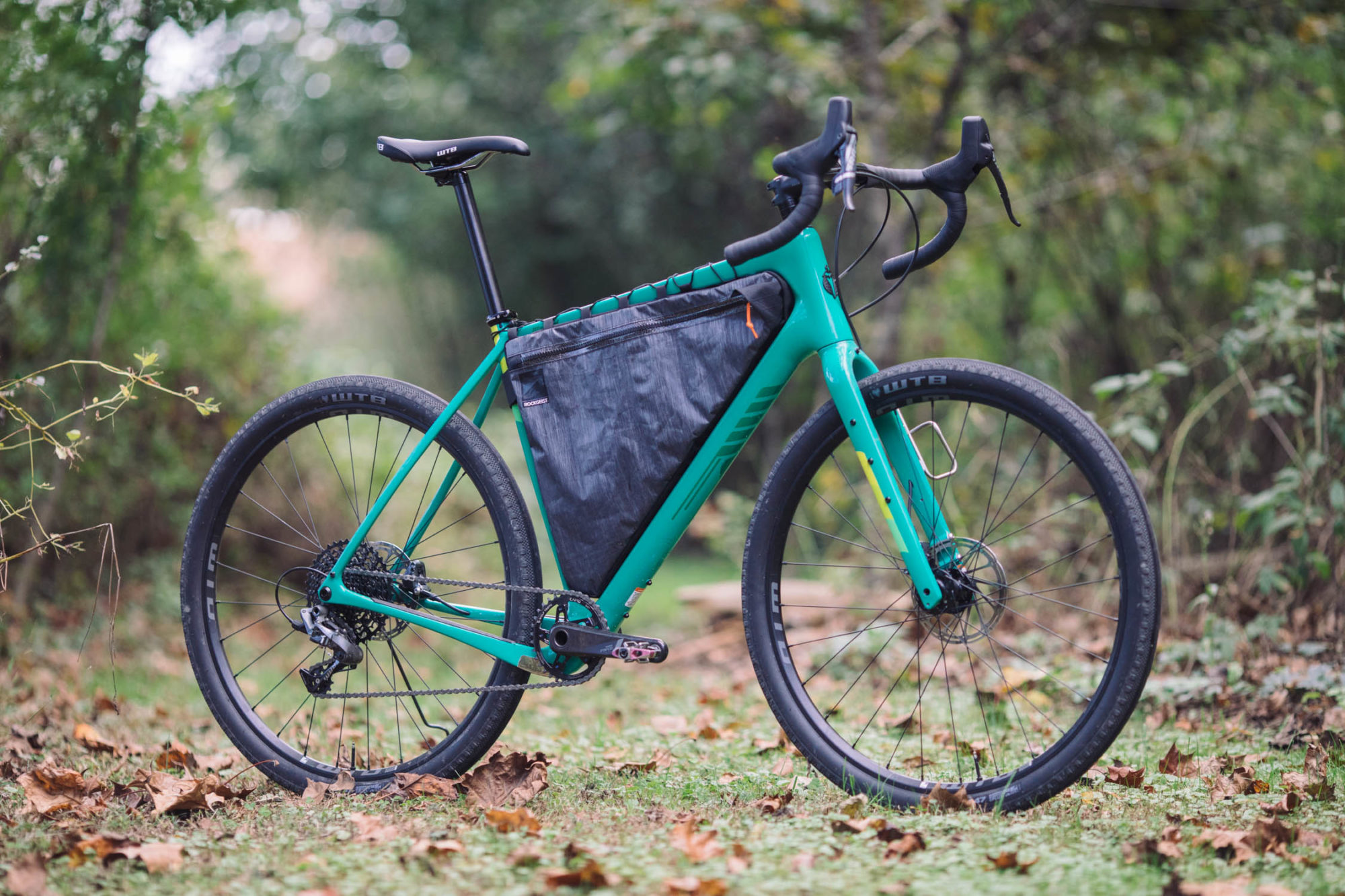
Salsa warbird 650b Build Kit
The 650b version (Warbird Carbon Force 1 650) gets a SRAM Force 1×11 drivetrain, 650b x 47mm WTB Byway tires, a Salsa Cowbell Deluxe handlebars, and KOM Light rims with 23mm internal width. Here’s the full build kit, along with my feedback and opinions.
- Fork Waxwing Deluxe
- Color Green
- Rear Der Force 1
- Cassette SRAM XG 1150, 10-42t
- Chain SRAM PC 1110
- Crankset SRAM Force 1, 42t
- Shifter SRAM Force 1 HRD
- Brakes & Rotors SRAM Force 1 HRD
- Headset Cane Creek 40
- Stem Salsa Guide
- Handlebar Salsa Cowbell Deluxe
- Bar Tape MSW Anti-Slip Gel
- Seatpost Salsa Guide Deluxe
- Saddle WTB Volt Race
- Front Wheel WTB 12×100, WTB KOM Light i23 TCS 2.0 28h 650b
- Rear Wheel WTB 12×142 , WTB KOM Light i23 TCS 2.0 28h 650b
- Tires WTB ByWay 650b x 47mm
All in all, I’m fairly happy with most of the components Salsa specced on this model. At first, I was a little disappointed that Salsa swapped the tires to 47mm WTB Byways, a more all-road oriented tire than the larger 2.1” Maxxis Pace tires they’d originally equipped it with when the bike was first announced. However, after putting some miles on the Byways I was more than happy with this change. These tires are magical. Even though they are comparatively slick to the knobby Pace tires, they have incredible grip. They are also plush, fast, and shockingly tough.
There are a few things I’d change if I were building this bike from scratch, however. For one, I prefer Salsa’s Cowchipper bars to the roadie-inspired Cowbell that comes on the Warbird. Also, while the rim width was inline with the 47mm Byways, I’d have preferred a slightly wider rim (27-30mm IW) for larger tire options. In addition, the front chainring is way too big for us non-racing mortals. But, then again, every gravel bike I have ever tested has the issue of improper gearing for bikepacking, so at this point I am used to having to swap out the ring and remove a couple chain links. I swapped the 42T ring for a 34T Wolf Tooth CAMO. This was a little excessive, but it’s what I had on hand. I would like to see Salsa equip this model with a 38T ring, which would be a relatively versatile solution.
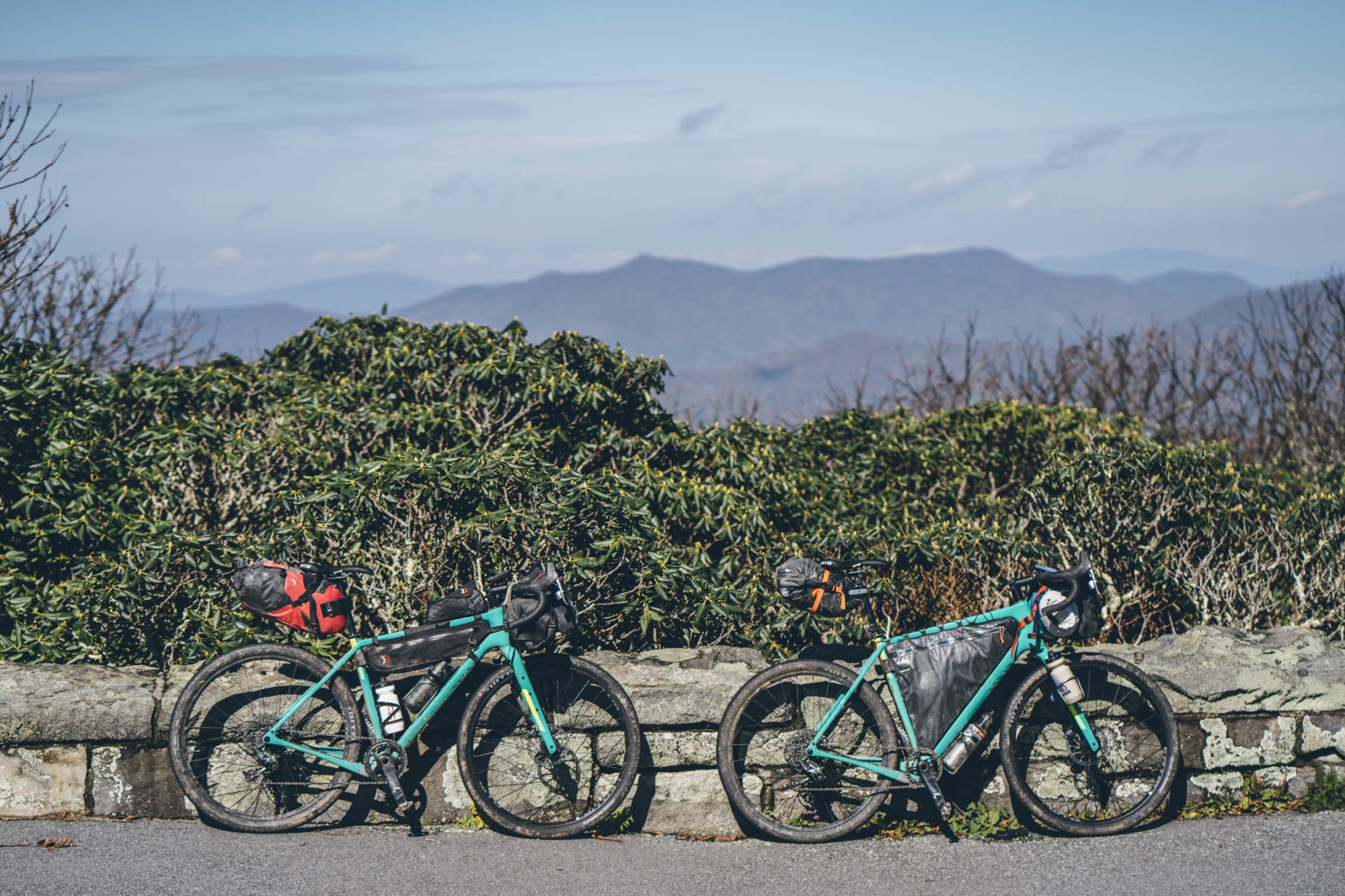
On the Trail
While most of Warbird V4’s changes are essentially utilitarian—mounts, internal cable routing, flat mount brakes, and tire compatibility—the geometry changes make it a different bike from the v3. Joe and I have slightly contrasting opinions on what this means, but from my perspective, the design and geometry tweaks add up to a better bike. In the v3 review we noted that riding the Warbird on singletrack and rugged gravel felt like underbiking. I am happy to say that this is much less the case with the Warbird 650b v4. Not only do the bigger tires help make it a more supple ride, it’s longer stance and slacker front-end give it a more stable feel that’s comfortable on long rides. It’s also much more confident when descending rough gravel and singletrack.
I’ve personally tested quite a few carbon gravel bikes, such as the 3T Xploro, Kona Libre DL, Warbird v3, and the Salsa Cutthroat. In addition there have been a few steel gravel bikes to darken my doorway… the Sequoia, Sutra LTD, Gorilla Monsoon, and the RLT 9. The Warbird 650b is one of my favorites that I’ve ridden to date, and aside from the Cutthroat, probably my favorite out of the full carbon models I’ve tried.
However, as with every bike I try, the v4 Warbird isn’t without faults. First, I experienced a little speed wobble on really fast paved descents; perhaps this is solvable with a future generation ViscoSet. Mind you, this was a really fast descent, dropping over 4,000 feet on the Blue Ridge Parkway. Also, I found the paint/finish to be a little sensitive. Joe’s bike took on some significant bag strap scarring after just five days of riding. I had taped mine with Shelter, but missed a couple spots where it got a couple nicks. Again, solvable with really good tape job. Neither of these cons are really deal breakers in my opinion.
Joe’s Perspective
For 2019, Salsa took an already incredibly capable Warbird and tuned it toward even more serious bikepacking adventures. I respect Logan’s take, and Salsa is clearly near the front of the pack when it comes to developing and refining this category of bike. My personal reaction to the new Warbird is different from Logan’s, however, in that I like it less than I did the previous generation. The downhill stability at speed is outstanding and an improvement, but this has to me come at the expense of snappy handling, which I notice most in the woods and at low speeds. Overall, I found the 650b version with the slacker head tube not as much fun as the last Warbird.
Maybe my reaction is a little perverse, since the last time I rode the Warbird we were underbiking a fair bit and that’s the context in which I found it entertaining. For sure, the 2019 version is better than the old one for singletrack forays and into technical bits. The higher volume tires are a lot of the explanation there, plus the geometry tweaks. I don’t think my view is just a referendum on the difference between 650 and 700 wheels, though. My personal custom steel 650b gravel bike is designed to be fast handling and playful. The differences between it and the Warbird that jump out are that mine has a steeper head tube (72 degrees) and a centimeter shorter wheelbase. I ride on the same WTB Byway tires that we tested the Warbirds with.
At any rate, the Warbird 2019 moves further toward dirt confidence and away from fast road bike oriented handling. I suspect that many people will appreciate that.
- Model tested Salsa Warbird Carbon Force 650
- Sizes tested 57.5 (Logan)/54.5 (Joe)
- Rider heights 6’0″ (Logan)/5’7″ (Joe)
- Price (as tested) $4,399
- Place of Manufacture Taiwan
- Manufacturer’s Details SalsaCycles.com
Pros
- Salsa made numerous improvements to Warbird v4 with added tire clearance, triple fork mounts, and more bottle bosses
- A longer stance and slacker headtube angle provides added stability and comfort compared to v3
- Similar to the Cutthroat, the vibration reduction stays keep the Warbird is quite supple, yet still fairly responsive
- Lots of nice bells and whistles, such as internal routing, rack and fender mounts, and added sizes
Cons
- Paint/finish seems a little fragile (finish rubbed off from bag straps pretty easily, over five days–this could be avoided using Shelter tape)
- Some people might be bummed that the Warbird lost its ‘roadish’ quickness from v3 to v4. However, now there’s now a Warroad!
- A little speed wobble on high speed paved descents (it could use a ViscoSet)
Salsa Warbird vs Cutthroat (pseudo Wrap Up)
In closing, let’s revisit the Cutthroat, another bike I put a lot of miles on, and compare the two; I suspect there will be a few people weighing out these options. As mentioned, while I also really liked the Libre DL (and I wish I could’ve ridden it in 650b mode), the Warbird 650B and Cutthroat are probably my favorite full carbon drop-bar bikes I’ve ridden to date. And, many of you know, these bikes are completely different, and were created with different intents. The Cutthroat is essentially a drop-bar 29er mountain bike, while the Warbird leans more toward the road side if the spectrum and is positioned as a gravel race bike. Even so, the Warbird has moved closer to the center and now the two share a few traits. Both have relatively the same head angle, seat tube angle, and BB drop. The Cutthroat has a ~14mm longer wheelbase and a whopping 40mm more stack height. And, of course, the tires for which they were designed make the biggest difference. The Cutthroat was made for long, arduous races and large 29 x 2.25” MTB tires, while the Warbird is made for speed over medium-long distance, with either 700c x 38mm rubber, or 47-50mm 650B tires.
One particular ride characteristic that the two bikes share is what makes them special, in my opinion. This is the Vibration Reduction System–which is a fancy term for the way the seat stays were engineered—that allows the stays to absorb vibration and bumps vertically and provide added comfort over long days. I had my doubts about this when I first tried the Cutthroat, but it makes a difference. They are also both have a nice geometry that equally adds to their long-ride comfort.
If I had to choose between the two, the Cutthroat would be the one. That’s my own personal bias based on my riding preferences, however. They are both excellent bikes, but the Cutthroat’s bigger, longer, more stable on downhills (although the Warbird does surprisingly well on descents, too), and better suited to weeks of long riding days. It’s more of a mountain bike, which is more my speed. That said, with the tweaks made to it in version four, the Warbird is a highly versatile bike at this point, and will be a better fit for many riders. Considering that Salsa gave it more utility, stability, and comfort, it kind of sits nicely in between the v3 Warbird (maybe Warroad, now?) and the Cutthroat, which might make this decision even trickier for some.
The Bags
A quick note on the bags used on the Warbird. The custom, Dyneema, bolt-on/lace-up frame bag was made by Rockgeist. The rationale behind doing a bolt-on and lace-up design was to prevent damage to the carbon frame. On the front I used the Revelate Pronghorn system, and on the back, the Ortlieb Seatpack M.
Please keep the conversation civil, constructive, and inclusive, or your comment will be removed.







